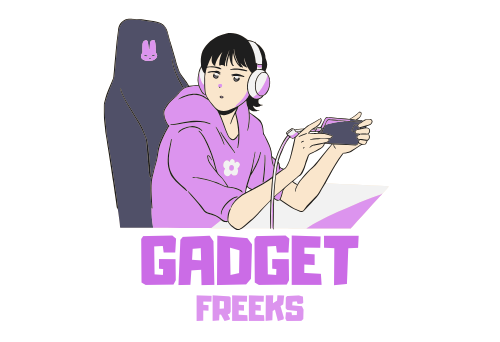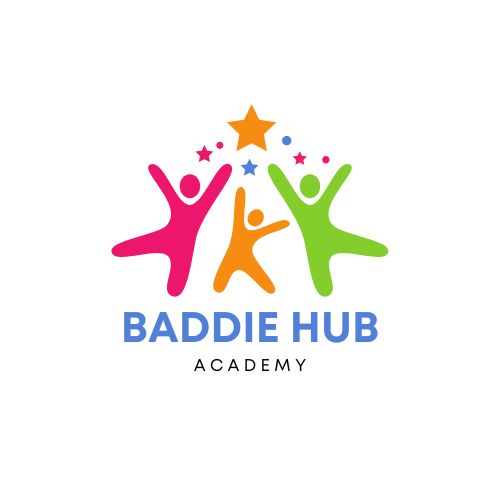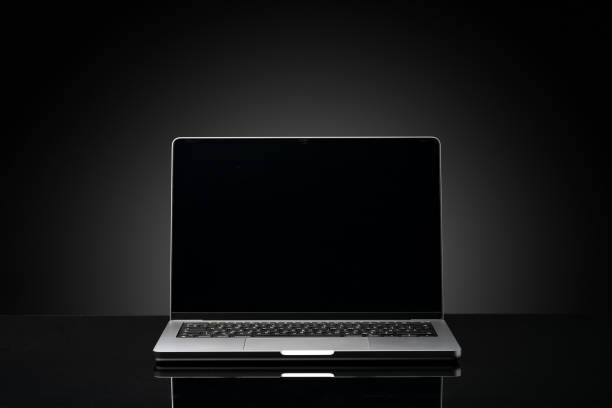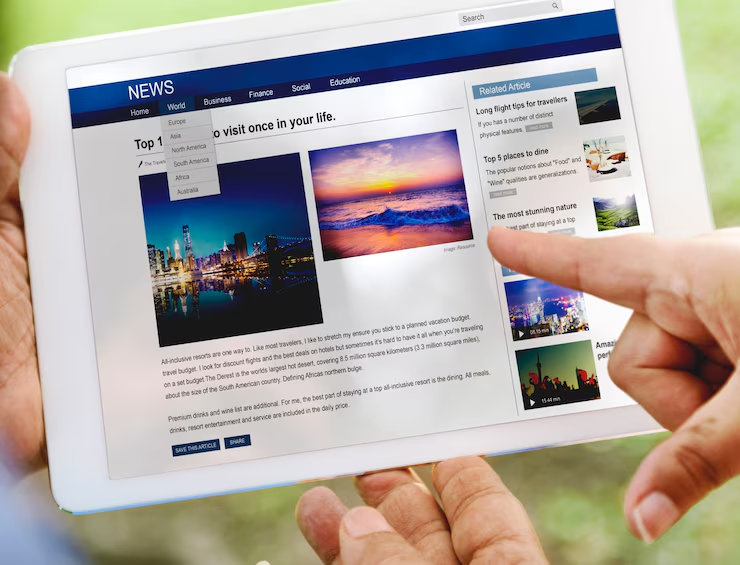Introduction to the Baddie Phenomenon
In the ever-evolving world of internet culture, new terms, trends, and platforms seem to emerge almost daily, reshaping how people connect, express themselves, and consume content. One such term that has gained traction in recent years is BaddieHub. While not officially recognized as a single platform or company, BaddieHub has become a commonly used name across social media circles and online communities to refer to spaces that revolve around the baddie aesthetic—a style that is bold, glamorous, and unapologetically confident. This blog post explores what BaddieHub actually represents, its origins, cultural impact, and why it continues to capture the attention of internet users worldwide.
What Does “Baddie” Really Mean?
To fully understand what BaddieHub is, it’s important to first look at the term “baddie” itself. A “baddie” is typically portrayed as a fashion-forward individual—most often women—who exude self-assurance, style, and beauty. The look usually includes a strong makeup game, sleek hairstyles, trendy and fitted clothing, and a well-maintained appearance that often reflects both creativity and a commitment to self-care. However, being a baddie is about more than just appearance. It’s an attitude—a projection of confidence, independence, and often a “don’t mess with me” energy that empowers individuals to embrace who they are, unapologetically. The baddie aesthetic attracts influence from urban culture, hip-hop, and Black and Latinx communities, where it originated as a party of beauty, resilience, and self-empowerment. Over time, it has been widely adopted by influencers, celebrities, and young women globally, becoming a cultural phenomenon in its own right.
What is BaddieHub?
The term BaddieHub often surfaces in online discussions as either a reference to curated content spaces or unofficial websites that showcase influencer imagery, beauty inspiration, and sometimes even adult content. In most common and neutral contexts, BaddieHub is viewed as a collective digital space—sometimes a website, but often a term used to describe themed social media pages—where baddie-inspired content is aggregated for easy access and viewing. These hubs often serve as visual inspiration boards, offering outfit ideas, makeup tutorials, haircare routines, and motivational quotes that align with the baddie persona. However, depending on the context and intent, BaddieHub can also refer to more controversial sites like azmip that may host or link to content that is not safe for all audiences. This duality makes it essential for users to approach such platforms with awareness and discretion.
Why is BaddieHub So Popular?
The popularity of BaddieHub can largely be attributed to the meteoric rise of influencer culture. With platforms like Instagram, TikTok, and YouTube serving as launching pads for digital personalities, the baddie aesthetic quickly found a home among those looking to build personal brands based on lifestyle, beauty, and fashion. Influencers who embody this look often attract millions of followers, brand sponsorships, and media attention—making the baddie identity not only aspirational but also highly marketable. For many followers, BaddieHub-style content offers more than just visual appeal; it represents a lifestyle they admire or wish to emulate. The polished, confident vibe projected through such content resonates with audiences who see it as a form of self-expression and self-worth, particularly in a digital age where appearance and online presence often go hand-in-hand.
Criticism and Controversy
Despite its wide appeal, the baddie trend and the concept of BaddieHub have not been without criticism. Few argue that the aesthetic promotes unattainable beauty standards, materialism, and an overly curated lifestyle that may not reflect reality. There are concerns that the pressure to maintain a perfect online image can lead to stress, low self-esteem, and unhealthy comparisons—especially among younger users. Additionally, when BaddieHub is associated with platforms that exploit influencer content or host explicit media without proper consent, it raises serious ethical questions about digital privacy, consent, and respect for creators. Therefore, while BaddieHub can be a space for empowerment and creativity, it’s also a reminder of the need for responsible content consumption and creation in the digital age.
Conclusion: A Reflection of Digital Identity
In conclusion, BaddieHub represents a broader cultural movement that merges fashion, identity, empowerment, and digital influence. Whether it is viewed as a content hub for style inspiration, a curated lifestyle portal, or a term wrapped in controversy, it undeniably plays a role in shaping today’s online landscape. As with any internet trend, understanding its roots, appreciating its diversity, and recognizing its complexities are key to engaging with it meaningfully. For some, BaddieHub is a celebration of beauty and boldness. For others, it’s a cautionary tale about the blurred lines between digital admiration and overexposure. Either way, it’s a topic that reflects the power—and challenges—of internet culture in shaping how we see ourselves and others.





